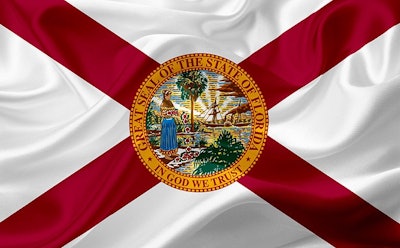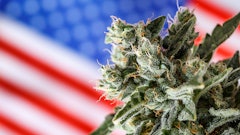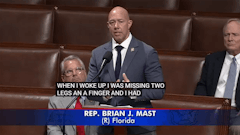
A new petition to get an adult-use cannabis initiative on Florida’s 2020 ballot gathered 100,000 signatures in 20 days, as of Oct. 4, according to a local CBS report.
The petition, organized by Make It Legal Florida, would allow adults 21 and older to purchase adult-use cannabis at the state’s existing medical marijuana dispensaries, CBS reported.
Make It Legal Florida is mailing out fliers to the state’s registered voters, who can simply sign and return the petition, according to the news outlet.
The group had to collect at least 76,632 signatures in order for the petition to be reviewed by the Florida Supreme Court and considered for the ballot. Once the signatures are verified, 766,200 copies of the petition must be signed by February to successfully get the issue in front of voters, CBS reported.
Some have criticized the Make It Legal Florida initiative, saying it would turn Florida’s cannabis industry into a monopoly by allowing only the dispensaries currently selling medical cannabis to serve an adult-use market, Miami New Times reported. The initiative also excludes a home grow provision to allow adults to cultivate their own cannabis plants, according to the news outlet.
Make It Legal Florida’s petition is one of three active petitions aimed at placing adult-use cannabis on the 2020 ballot, according to Miami New Times. The other petitions, organized by Regulate Florida and Floridians for Freedom, would allow home grow.
Regulate Florida announced in late July that its petition gathered more than the required number of signatures, triggering a review by the Florida Supreme Court. Regulate Florida’s proposed ballot initiative would regulate cannabis like alcohol and legalize it “for limited use and growing” for adults 21 and older, according to a Miami New Times report.
Any ballot initiative, once approved, would need 60-percent voter approval to become law.
























